How to clean brushed nickel faucets without damaging their unique finish
Avoid ammonia and other harsh cleaners and stick to gentle cleaners

- 1. Supplies
- 2. Dust
- 3. Rinse
- 4. Dry
- 5. Polish
- FAQs
- Can you use Bar Keepers Friend on brushed nickel?
- Does baking soda damage brushed nickel?
- Can you use Clorox wipes on brushed nickel faucets?
- Can you use Bar Keepers Friend on brushed nickel?
- Does baking soda damage brushed nickel?
- Can you use Clorox wipes on brushed nickel faucets?

Keeping your bathroom and kitchen fixtures clean not only enhances the aesthetics of your home but also preserves their longevity. Among the popular finishes for faucets, brushed nickel stands out for its subtle sophistication and resistance to tarnish.
While brushed nickel is more forgiving than polished chrome when it comes to fingerprints and mineral deposits, due to its texture, it can also trap dirt and grime if not cleaned regularly. Our cleaning pros warn ineffective brushed nickel cleaning can dull its unique finish over time.
Here, our pros share a step-by-step guide and cleaning tips for brushed nickel faucets. From daily maintenance to deep cleaning, we cover the dos and don’ts, helping you achieve a spotless and long-lasting clean without damage.
Step 1: Gather your cleaning supplies
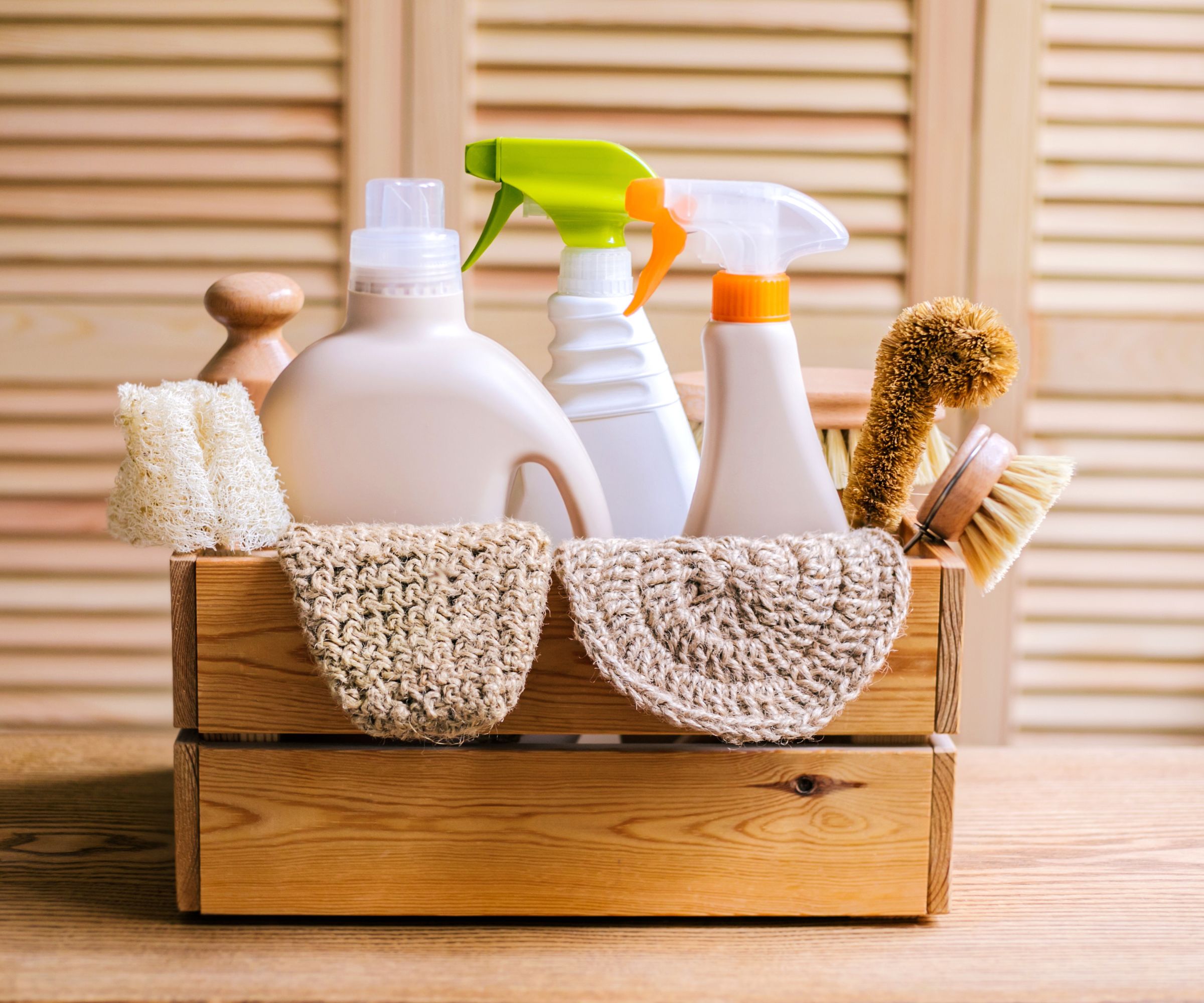
According to Logan Taylor, cleaning expert with Dazzle, to clean brushed nickel faucets safely, easily and without damage, you’ll need the following items:
- A soft microfiber cloth, available at Walmart
- A mild dish soap such from Amazon or gentle liquid detergent
- A soft-bristled toothbrush or sponge (non-abrasive)
- A dry cloth or towel
- Warm water
- White vinegar from Target (optional, for tough water spots)
Step 2: Dust and wipe the faucet
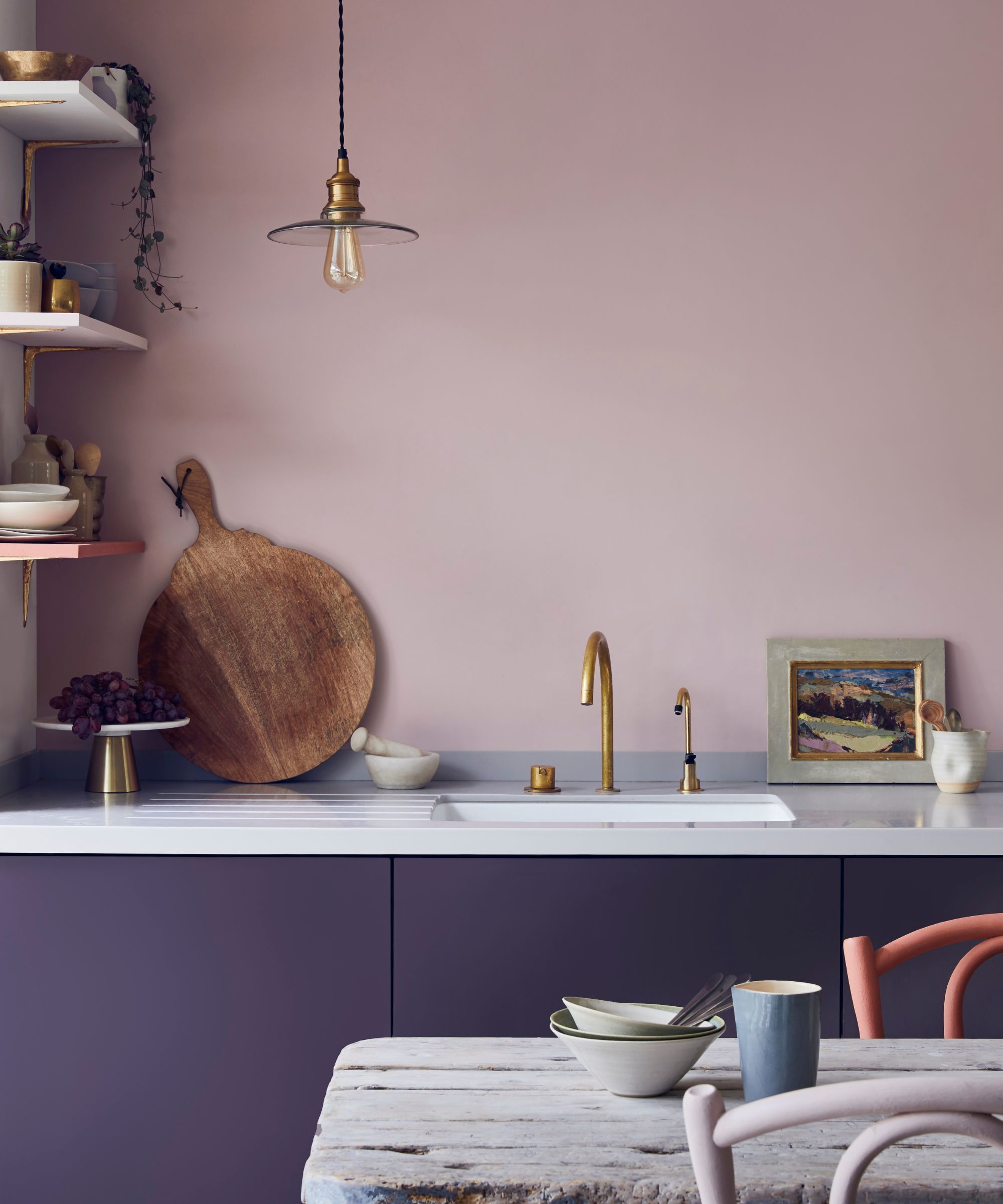
Before using any cleaning solutions, it’s essential to begin by dusting off the faucet with a dry microfiber cloth. Similar to when cleaning chrome faucets, this simple step helps remove loose dirt, dust, and particles that may have settled on the surface.
'Gently wipe all visible areas of the faucet using light, even pressure,' says Logan. 'Pay particular attention to intricate details, such as the base, handles, and any grooves or seams where dirt tends to collect.'
For harder-to-reach areas, you can angle the cloth or use a soft-bristled toothbrush from Amazon to ensure thorough coverage. If the faucet is located in a bathroom or kitchen where residue from soap, toothpaste, or grease is common, you may need to spend extra time on these sections to ensure all loose particles are removed.
Design expertise in your inbox – from inspiring decorating ideas and beautiful celebrity homes to practical gardening advice and shopping round-ups.
Step 3: Rinse with warm, soapy water
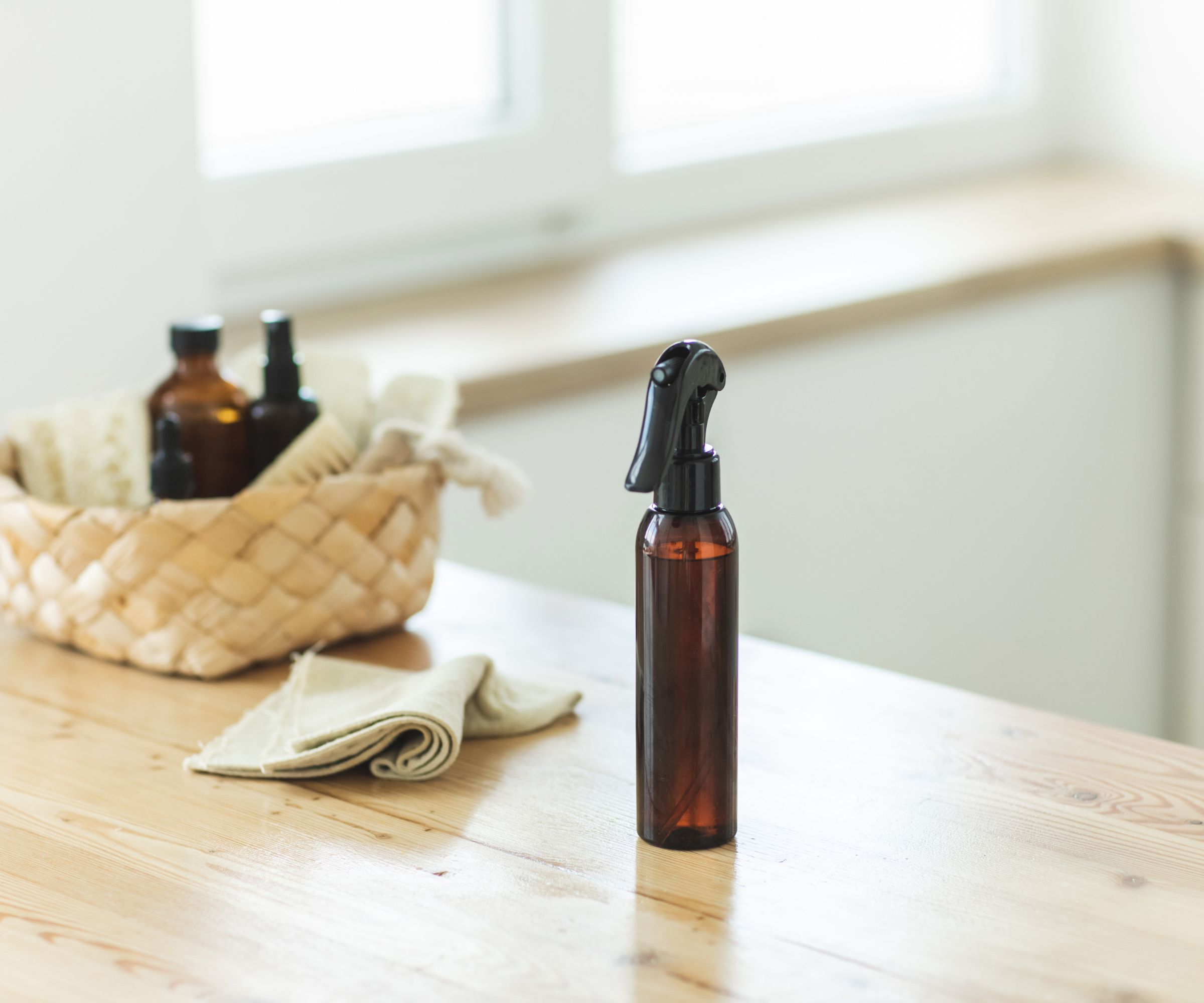
To effectively clean brushed nickel faucets without causing damage, start by preparing a gentle cleaning solution. Mix a few drops of mild dish soap or a gentle liquid detergent from Walmart with warm water. This combination is ideal as it is gentle enough to preserve the delicate finish of brushed nickel without whilst still being an effective cleaner. Avoid using harsh chemicals, abrasive soaps, or products containing ammonia or bleach, as they can tarnish or discolor brushed nickel's surface over time.
‘Once your solution is ready, dip a clean microfiber cloth into the soapy water,’ says Yessica Bello, cleaning expert at Bello’s Cleaning. ‘Squeeze out the excess liquid until the cloth is damp but not dripping wet.’
Using the damp cloth, gently wipe the faucet’s surface, moving in smooth, circular motions. Focus on areas where grime, fingerprints, or water spots are visible, and pay particular attention when cleaning the faucet head, handles, or base. For stubborn spots or crevices, use a soft-bristled toothbrush dipped in the soapy solution.
Wiping thoroughly but gently is key to preserving the brushed nickel’s matte sheen. Do not use too much force, as excessive scrubbing can create shiny spots or uneven textures that disrupt the faucet’s overall appearance.
Step 4: Wipe dry
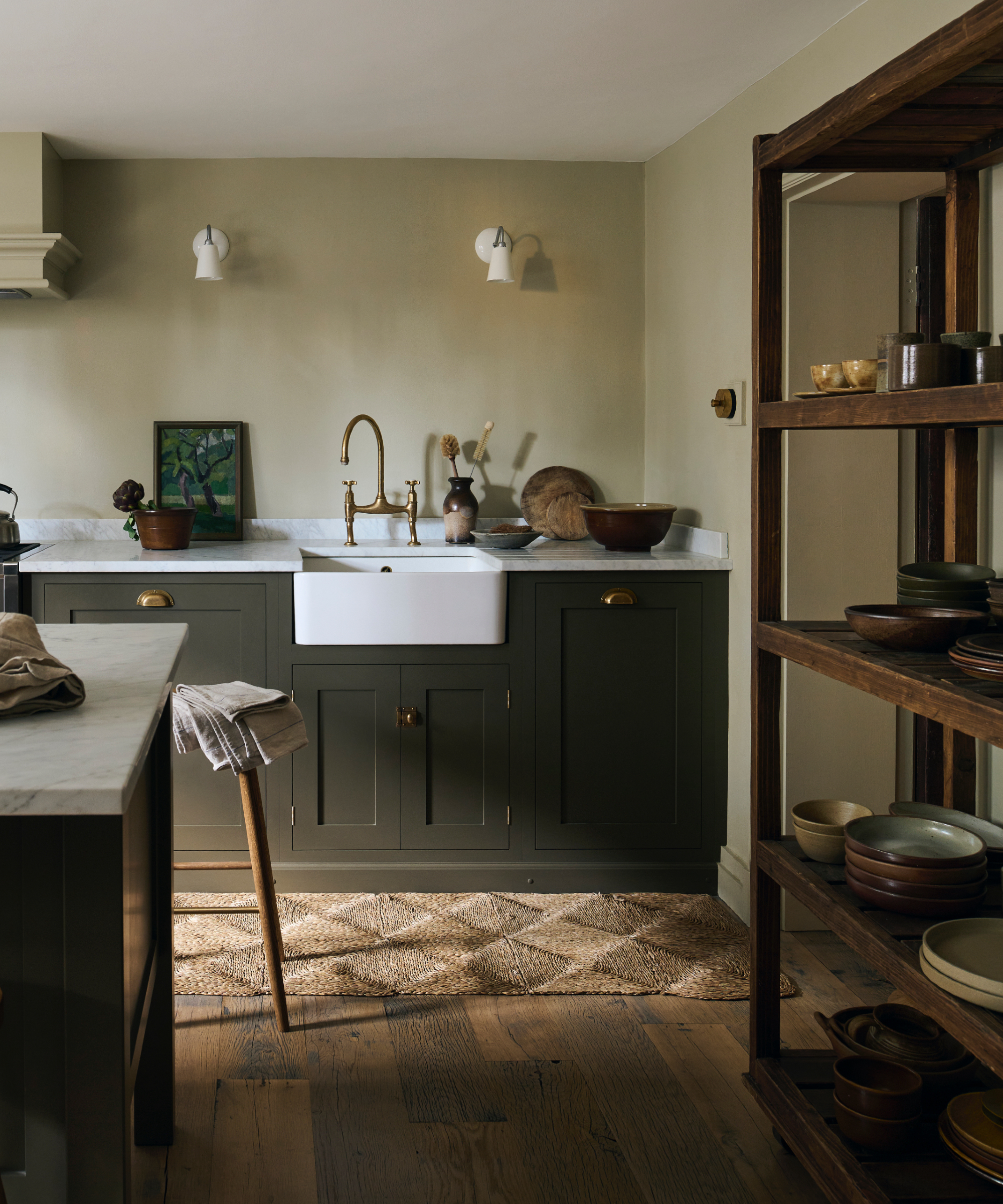
After cleaning the faucet with soapy water, the next critical step is rinsing off any remaining soap residue to ensure a streak-free, spotless finish. Take a fresh microfiber cloth and dampen it with warm water – just enough to make it moist, but not dripping wet.
Gently wipe down the faucet, following the contour of the spout, handles, and base. ‘Pay extra attention to areas with grooves or seams, as these can trap soapy residue,’ suggests Yessica. ‘Use smooth, even strokes to ensure all areas are rinsed, and avoid splashing excessive water. For particularly stubborn soapy spots, lightly re-dampen the cloth and give the area another wipe until it’s clean.’
Once the faucet has been rinsed, drying it thoroughly is crucial as brushed nickel is particularly prone to accumulating hard water stains and streaks. Use a clean, dry microfiber cloth or a soft towel from Target to carefully pat and buff the entire faucet. ‘Start at the top and work your way down, ensuring no moisture is left behind,’ continues Yessica. Drying also helps to prevent the buildup of mineral deposits, which can dull the surface over time, especially in areas with hard water.
If you're grappling with a lot of hard water residues, our cleaning pros have shared eight methods to clean hard water stains in our dedicated guide.
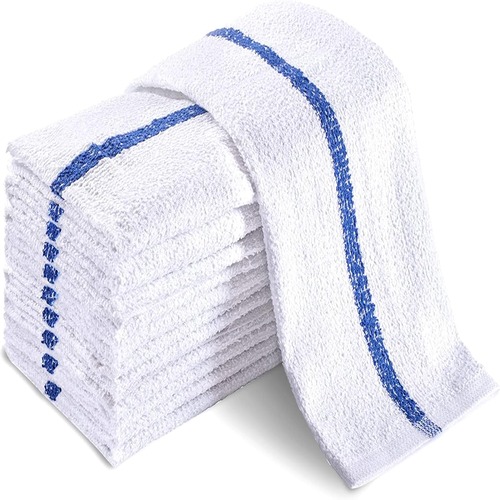
These Groko Textiles 100% premium cleaning cloths are great at cleaning multiple surface types as they are durable, have a bit of texture but are not abrasive. Their super absorbent terry weave is great for mopping up spills or drying after cleaning.
Step 5: Polish

‘To ensure your faucet looks its absolute best, you should polish the nickel after cleaning it,’ says James King, cleaning expert and operations manager at DeluxeMaid. ‘Once dry, apply a nickel-safe polish or create a DIY solution by mixing equal parts white vinegar and water.’
For tight spots, or fine surface detailing, use a soft toothbrush. Once you’ve polished the entire surface, wipe away any excess residue with a clean, damp cloth to prevent streaking. Then, use another dry, soft microfiber cloth to buff the faucet. This final step ensures no moisture or residue is left behind, which could compromise the finish over time. Having a multi pack of microfiber cloths from Walmart will come in handy for all sorts of cleaning jobs.
‘For additional protection, consider applying a thin layer of clear carnauba wax from Walmart or a nickel-specific protective coating,’ says James. This can help repel water, fingerprints, and grime, keeping your faucet looking polished for longer.’
FAQs
Can you use Bar Keepers Friend on brushed nickel?
Laura says, ‘If you are struggling to clean the brushed nickel around your home, you can use Bar Keepers Friend [available on Amazon]. Just apply a bit on a damp cloth and it will polish the nickel easily.'
Does baking soda damage brushed nickel?
Even though common household items may occasionally splash on nickel faucets, baking soda, peroxide, sodium fluoride or phosphates can damage the nickel if left on for too long.
Can you use Clorox wipes on brushed nickel faucets?
According to Logan, you should not use Clorox wipes on brushed nickel. ‘You should not use cleaners that contain alcohol or ammonia to clean brushed nickel faucets,’ says Logan. If you do, you may affect the finish and shine of the nickel.
FAQs
Can you use Bar Keepers Friend on brushed nickel?
'If you are struggling to clean the brushed nickel around your home, you can use a bar keepers friend,' says Laura. 'Just apply a bit of Bar Keeper's friend on a damp cloth and it will polish the nickel easily.'
Does baking soda damage brushed nickel?
Even though common household items may occasionally splash on nickel faucets, baking soda, peroxide, sodium fluoride or phosphates can damage the nickel if left on for too long.
Can you use Clorox wipes on brushed nickel faucets?
According to Logan, you should not use Clorox wipes on brushed nickel. 'You should not use products that contain alcohol or ammonia to clean brushed nickel faucets,' says Logan. 'If you do, you may affect the finish and shine of the nickel.'
Cleaning brushed nickel faucets should be done as part of your kitchen cleaning and bathroom cleaning schedule to avoid mineral deposit build up. Cleaning your faucets regularly will help you to stay on top of any spots or hard water stains, protecting them for longer.
If limescale is a constant battle in your, there are ways to permanently fix the issue of hard water, say our expert plumbers.

Seraphina is a contributing editor at Homes & Gardens, writing Solved features on organizing and storage. She loves to decorate and also grow her own produce from her home in London. Her previous experience includes working at Women's Health and Fabulous Magazine.